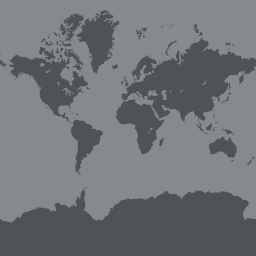This project mobilizes existing biodiversity data for 31 species of Kenya’s small carnivores to develop a national strategy for their conservation. Project partners work together under the newly created Small Carnivore Conservation Task Force to collate, digitize and publish existing records from museum vouchers, literature and observations.
Based on available data, the project maps the distribution of each of the species and assist policy makers to prioritize conservation schemes.
Project Progress
The first of the two workshops planned by the project, Introduction to Biodiversity Informatics and Georeferencing, was completed. Participants came from three Kenyan universities, the National Museums of Kenya and Mpala Research Center and were introduced to the concept of the project, trained in data digitization, mobilization and georeferencing, and tasked to locate existing records for specific species.
Preparations to organize the second workshop scheduled at the end of March 2017, Appplication of Biodiversity Data for Coservation & Management, are well underway.
336 records of small carnivores from the Mammalogy section at the National Museums of Kenya have been digitized into Excel.
Since the first workshop, Introduction to Biodiversity Informatics and Georeferencing, the students who participated and the project lead have completed weekly tasks involving digitization, georeferencing, and locating existing records for their two respective species (which they were assigned to focus on in post-workshop activities) for use in the second workshop, Ecological Niche Modelling and Conservation Biogeography. Dr. Andres Lira Noriega and the project lead, Adam W. Ferguson, trained the students in application of biodiversity data, distribution mapping and prediction of biodiversity hotspots.
A total of 1,112 specimen records from the National Museums of Kenya (NMK) have been digitized and published on the GBIF website via NMKs IPT. All the specimens have been photographed.
Kenya Wildlife Service (KWS) have been contacted in the purpose to the NMK and other cleaned records to develop distribution maps and identify hotspots of small carnivore biodiversity. The project has the intention of using these data along with research literature to develop a national conservation strategy for the 31 species of small carnivores.





